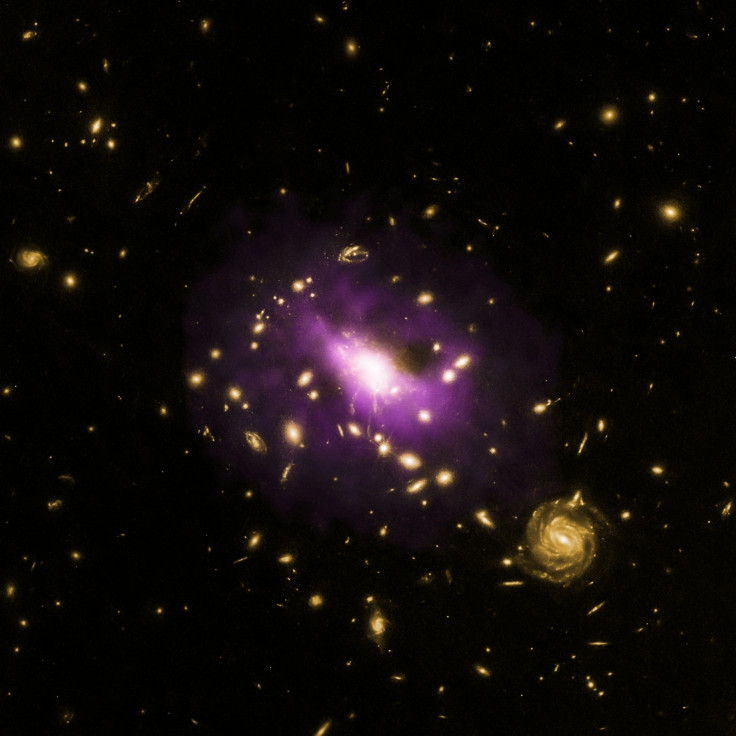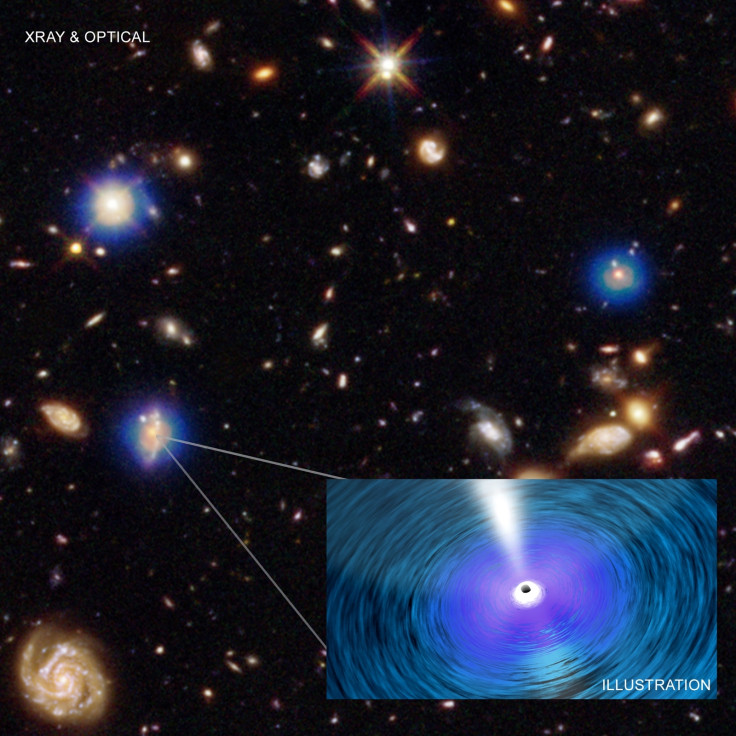Distant supermassive black holes are expanding so fast, they are actually outstripping star growth
Till date, scientists thought that black holes in distant galaxies grew in tandem with stars.

Supermassive black holes are those monstrous voids that sit in distant galactic centres and suck in everything in their proximity. They keep devouring materials and can grow million to billion times heavier than our own Sun.
However, for the first time ever, two independent studies have showed that black holes' expansion can be so fast that they actually outstrip the growth of stars sitting in the same galaxy.
"We are trying to reconstruct a race that started billions of years ago," said Guang Yang of Penn State who led one of the two studies. "We are using extraordinary data taken from different telescopes to figure out how this cosmic competition unfolded."
A group of researchers, of which Yang was a part, looked at supermassive black holes in galaxies 4.3 to 12.2 billion light-years away from Earth and found the rapid growth phenomenon was linked to massive galaxies.
They studied the correlation between black hole and star growth for each galaxy and discovered the ratio was nearly ten times higher for galaxies hosting a mass of around 100 billion suns than those containing about 10 billion solar masses worth of stars.
Study co-author Niel Brandt suggests "maybe massive galaxies are more effective at feeding cold gas to their central supermassive black holes than less massive ones". However, the exact reason behind the rapid rate of expansion still remains unclear.

Till date, scientists were under the impression that black holes and stars grew in tandem with each other at the same pace but the latest find changes the theory. The work further gets support from a Spain-based research that explored mass of black holes in some 72 brightest and most massive galaxies located at the centre of galactic clusters within 3.5 billion light years from Earth.
The study, published in Royal Astronomical Society, found black holes are far bigger than expected and have outstripped the growth of stars in their host galaxies.
"Maybe they got a head start in this race to grow, or maybe they've had an edge in speed of growth that's lasted billions of years," said lead author Mar Mezcua in a Nasa statement.
Mezcua and her colleagues made this discovery after using X-ray data from different telescopes. The discovered black hole masses were nearly ten times larger than what had been estimated under the assumption that black holes and stars grow in tandem. Plus, more than half of their study subjects were in the "ultramassive" category weighing more than 10 billion Suns.
"We know that black holes are extreme objects, so it may not come as a surprise that the most extreme examples of them would break the rules we thought they should follow," said J Hlavacek-Larrondo, another member of Mezcua's team.





















